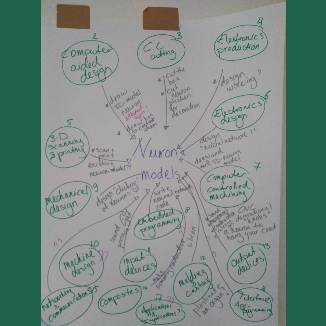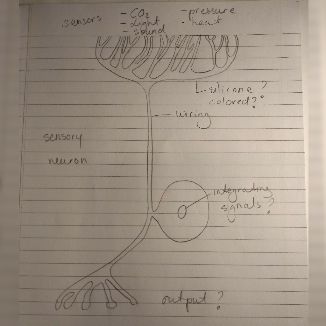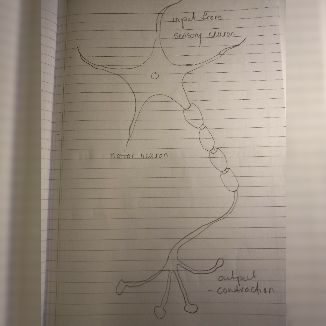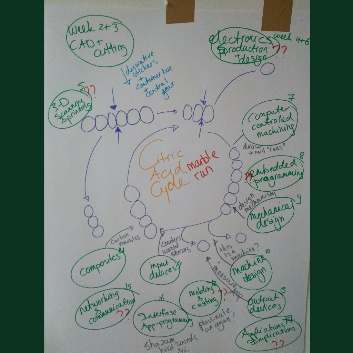About Me
My name is Jelka Lustenhouwer; biologist, teacher and teacher trainer. I was born March 1976. I'm a mother of two; girl and boy.
I have been wanting to be a Fab Academy student for I think two years. I'm very happy I have the opportunity now. I have a big interest in Technological Literacy and Maker Education. The next 5 months I hope to learn what it means to be a maker and what it means to become a maker. I'm quite interested in the learning proces itself.
Maker Education
For a few years now, I have become inspired by technological literacy and maker education. Big inspirators have been the International Technology and Engineering Educators Association (ITEEA), Seymour Papert and of course Karen Wilkinsons' and Mike Petrichs' great book The Art of Tinkering. I truly feel that making has great pedagogical and emancipating potential.
Biology
With an academic background in biology i love everything that happens on the border between biology and technology, with biomimetics as the summum of total awesomeness.
Teacher Trainer
Being a teacher trainer I would love to help my students to become makers so in turn they can guide their pupils into Maker-Walhalla. Wouldn't it be cool to teach my students to make their own educational material? This way they can learn how much fun making can be, they can experience how much more they can do than they expected of themselves , they can be independent of publishers and the like and last but not least they will be able and and inspired to start making with their own pupils. So. Let's make educational biological models.
Plan nr. 1



Biology is all around you, so most students and pupils can imagine populations, organisms and organs. But from the cellular level on, things get more and more abstract. I'm going to make a very complex cell and show how it communicates with other cells. I'm going to make a neuron. Maybe even a sensory neuron, giving a signal to a effector neuron. Maybe even combining several sensory, intermediate and effector neurons to show how stimulating and inhibiting signals interact and generate contraction or the release of hormones. My idea is to make the neuron out of silicone. It would be cool to click the axons to the dendrites with little magnets. I would like to use sensors and to write a program that transfers signals (amplifying and inhibiting) to an output. Maybe a voice that says 'ouch!'.
Plan nr. 2


One of the most fundamental processes in biology is the citric acid cycle. This is where cellular energy is harvested from sugar. It is glucose molecules with their six carbon atoms going in a merry-go-round of enzymes turning it into pyruvate, acetyl, citrate, oxaloacetate and while carbon-atoms are coupled to oxygen to form carbon dioxide one way or another ATP is formed, the energy package of the cell which can be used anywhere the cell needs energy. Did I lose you on the way? Wait, let me make a citric acid cycle marble run, so you can try it yourself.
Plan nr. 3
As the weeks are progressing I keep thinking of my final project and now in week 10 I start realizing that the two plans above might exceed my skills in programming and electronics. Looking for inspiration in the Fab Academy archive, searching for project on the edge of biology and technology, I found this great article; RepRap; The replicating rapid prototyper. The article mentions great research done by Roger and Lionel Penrose on self replicating wooden figures and 'machines'. I looked it up on YouTube and found this great video. I would love to make that. As professor Gershenfeld says; we are alowed to stand on the shoulders of giants, I have to think of a way of ímproving' their design. I might include a way of sensing how many 'daughter cells' have formed.
More great resources:
Plan nr. 4
Then there is another plan of making a feedback instrument I can use in my classes. My students kan give a thumbs up or a thumbs down on a number of goals I have set for the lesson. It will have a possibillity of three goals that I can change every lesson. And then 6 buttons student can press. And after everybody has pressed the buttons, I can create an output
Plan nr. 5
This idea is heavily based on the origami organelles I could make a 3D and interactive version of it.
Plan nr. 6
My kids love their reversible sequins on their clothing. I could make an application with leds that does something similar.